
- Home
- News
- Analysis
- States
- Perspective
- Videos
- Education
- Entertainment
- Elections
- World Cup 2023
- Features
- Health
- Business
- Series
- Economy Series
- Earth Day
- Kashmir’s Frozen Turbulence
- India@75
- The legend of Ramjanmabhoomi
- Liberalisation@30
- How to tame a dragon
- Celebrating biodiversity
- Farm Matters
- 50 days of solitude
- Bringing Migrants Home
- Budget 2020
- Jharkhand Votes
- The Federal Investigates
- The Federal Impact
- Vanishing Sand
- Gandhi @ 150
- Andhra Today
- Field report
- Operation Gulmarg
- Pandemic @1 Mn in India
- The Federal Year-End
- The Zero Year
- Premium
- Science
- Brand studio
- Home
- NewsNews
- Analysis
- StatesStates
- PerspectivePerspective
- VideosVideos
- Entertainment
- ElectionsElections
- Sports
- Loading...
Sports - Features
- BusinessBusiness
- Premium
- Loading...
Premium
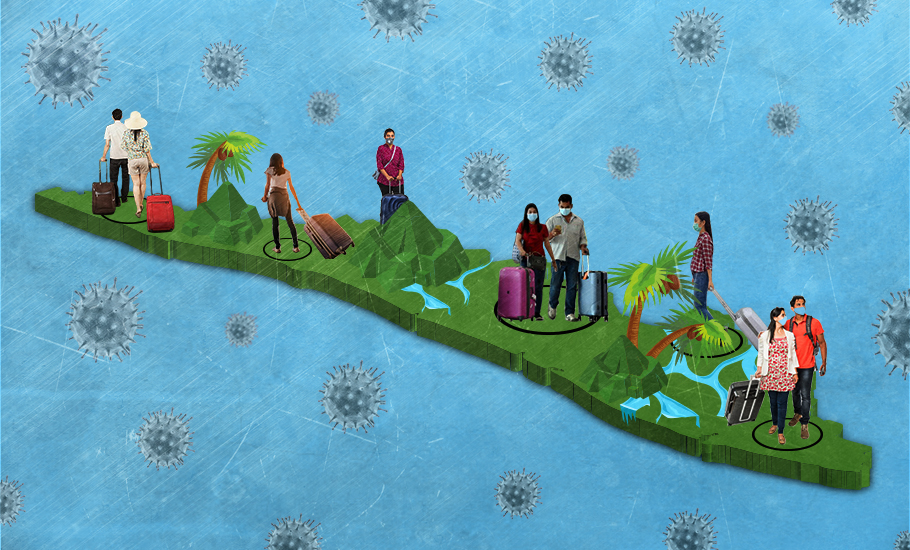
Tourists are back in God’s own country and loving it

Benoy PP has had a hectic three months since October but he isn’t complaining. The strong rebound in tourism in Kerala has only lifted the spirit of Benoy, general manager of Kerala Tourism’s hotels in Thekkady, and the entire industry. The pandemic notwithstanding, Thekkady and the rest of the Idukki district witnessed a huge number of tourists this holiday season. The Kerala government...
Benoy PP has had a hectic three months since October but he isn’t complaining. The strong rebound in tourism in Kerala has only lifted the spirit of Benoy, general manager of Kerala Tourism’s hotels in Thekkady, and the entire industry.
The pandemic notwithstanding, Thekkady and the rest of the Idukki district witnessed a huge number of tourists this holiday season. The Kerala government had lifted its lockdown on all tourist destinations except the beaches on October 12. This phase saw the opening of hill stations, backwater destinations, adventure tourism spots, boating sites and parks.
Sure enough, bookings started early October. “The telephone enquiries were from within the state,” says Benoy. “By mid-November, all the 44 rooms in The Periyar House, 30 rooms in Aranya Nivas and the six rooms in the Lake Palace were completely booked from December 15 to January 5.”
Gireesh PS, tourism information officer and secretary of the Idukki District Tourism Promotion Council, concurs.
“Not a single room was available in Munnar, Thekkady or Vagamon for the New Year. Even now, I am told that all the hotels and resorts have 80 per cent room occupancy until the second week of January,” says Gireesh.
A lot to discover
According to R Mohan, a 20-year veteran in adventure sports and tourism in Kerala, “Everybody talks about Munnar as one holiday spot without a clue about its multiple choices. The town hardly covers an approximate 2.72 square kilometres but Munnar has a national park, a wildlife sanctuary and a tiger reserve other than the innumerable boating spots and umpteen opportunities for adventure like rock-climbing, safari rides and off-road experiences.”
And apart from the thousands of resident tourists, Munnar and Vagamon get scores of bikers and weekend travellers who come for just a day to take photographs, see the sunset or have a picnic.
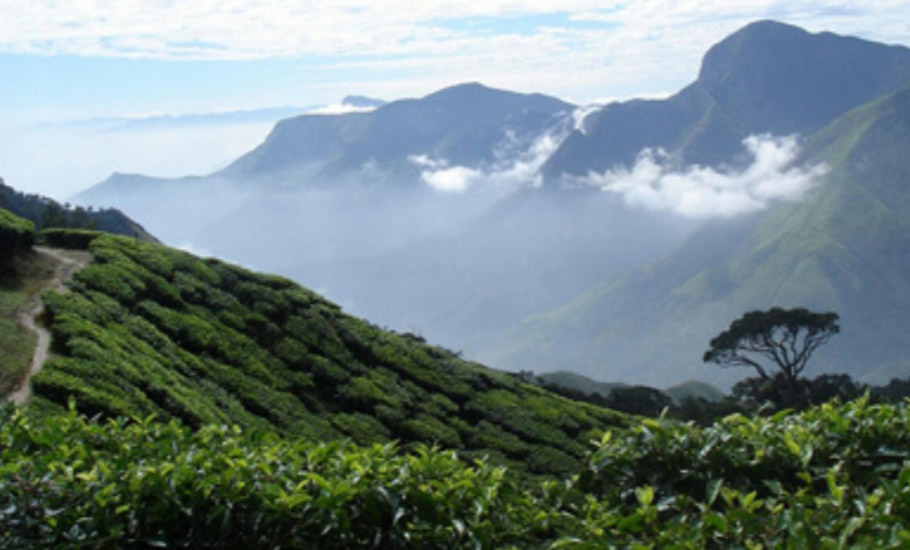
This year, the figures were lower but far better than what was expected. According to the Idukki DTPC, approximately 77,850 people started coming in since early October of 2019. This year, the same month, the figure was around 16,726. By December 2020, however, it shot up to nearly 75,640.
“These figures are sourced from the ticketed entries at the 12 government-controlled tourism destinations in Idukki alone. Apart from this, we have hundreds of day tourists and migrant travellers who choose to stay put in their resorts.” Meaning, the actual numbers could definitely be higher.
“Once the state government initiated the opening of Idukki tourism, we set up a task force under the aegis of the district collector,” says Dr Sushama PK, deputy DMO, Idukki.
Precautions taken
A standard operation procedure was devised and sent to all resorts and hotels. It included mandatory thermal screening, social distancing norms, disinfection procedures and a blanket rule that all bookings need to be done online, and there will be no on-the-spot allotment of rooms to anyone.
“Even the luggage has to be disinfected. Only room-service was allowed. Face-shields and masks were a must for all the staff at all times.”
Along with the police, revenue and health departments, the DTPC set up an entry point at the Kumily check post, complete with kiosks and a team of healthcare professionals to screen tourists from other states for COVID-19.
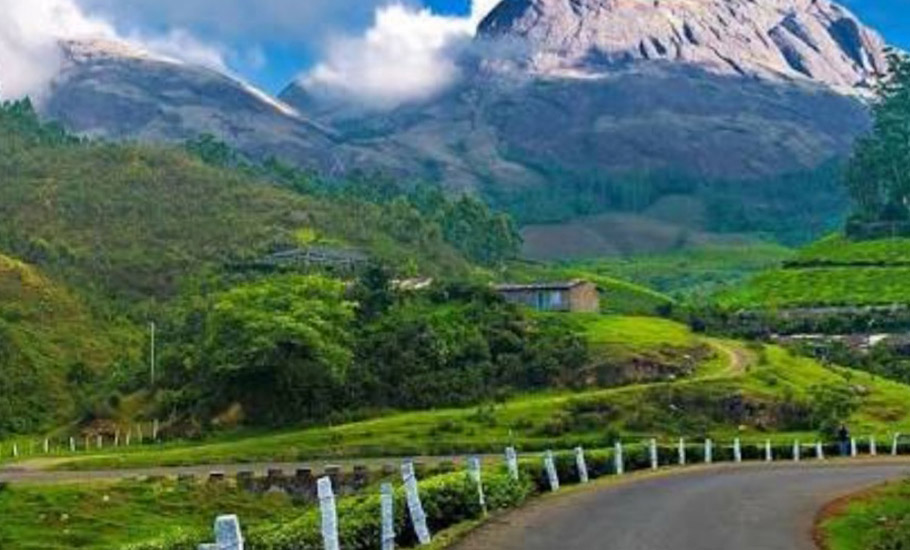
“E-pass was a must for their entry,” says Gireesh. “It was a Herculean task and imposed many challenges and risks. But the topography of the district helped.”
Population is not that dense, especially around the prime tourist spots. “Communities do not live in congestion unlike in other districts,” says G Sreekumar, deputy director, Department of Tourism, Idukki. “Almost every house has a bit of land surrounding it.”
Awareness meetings were organised for tour operators, tour guides, auto-rickshaw and taxi drivers at the block level. “Our ASHA workers, Junior Health Inspectors and Junior Public Health Nurses circulated leaflets on precautionary measures. They also had the additional responsibility of working on a shift-basis at the Cumbom Mettu and Chinnaar entry checkposts while keeping a check on the COVID cases reported from their respective wards,” says Dr Sushama.
“At the boating spots in Thekkady, only 50% occupancy was allowed inside the boats with complete social distancing. After every trip, the boat would be fumigated,” says Benoy.
At other boating sites in Munnar which had more day tourists, seating areas were fumigated every two hours.
All these new regulations added to the expenses of an already-devastated tourism industry, but no one was complaining.
“I had obtained the NOC from the panchayat to open my rooms in early May,” says Hassan Rashid, owner of Le Collines Resort, Vagamon. “I have only four rooms on every floor, so I could let out two each, on either end of the corridor.”
Hassan trained his staff by downloading the safety-measures protocol tutorials from YouTube. “We shut down the pool and the common dining areas. We gave rooms only to families. We did not encourage bachelors. We did not cut down our staff but segregated them according to their work schedules.” Hassan also revised his rates – a double bedroom that cost Rs 3000 per night was hiked up to Rs 5000. “People were willing to pay. They were not thinking of it as a splurge, but as a surety of their safety.”
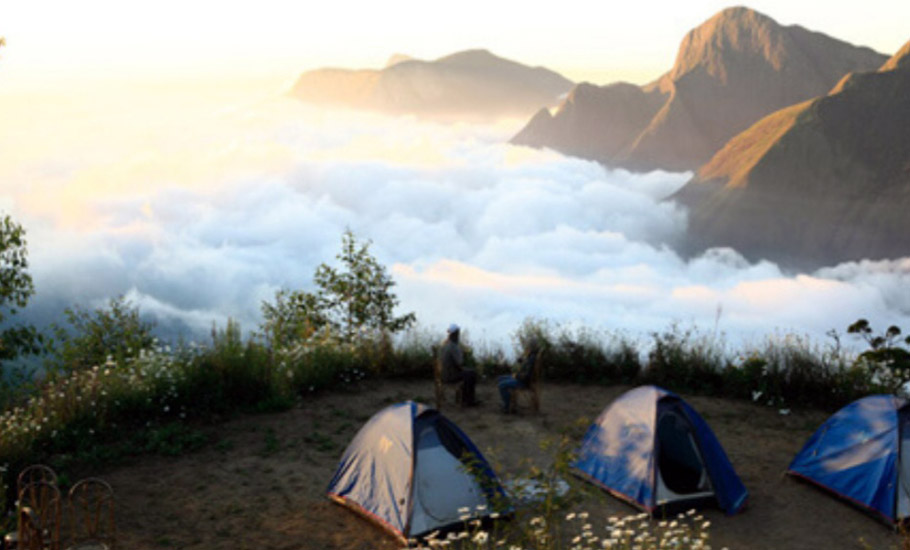
Says Mohan,” We could not initiate adventure sports tourism because it involves wearing a lot of safety equipment which cannot be replaced individually. Physical proximity with the instructors also could not be avoided. So we shut down rock-climbing, paragliding and water sports. But we had a heavy rush for camping and trekking.”
Enquiries were from corporate groups and youths for trekking at Vattavada, Top Station and for jeep safaris at Kolukkumala. “A team of techies from Bangalore wanted to take a break away from the work-from-home isolation. The perk of this pandemic was that nature was restored and revived owing to the six-month shutdown.”
John Simon’s standard clientele at his high-end Windermere Estate Resorts in Munnar were Europeans aged 50 and above. “We made tailor-made packages for them, which spoke of an immersive travel experience where nature had a story to tell.”
COVID-19 put a halt to all that. This season, Simon catered to an entirely new market. “We had negligible occupancies between March and October. But once the lockdown lifted, we were looking at domestic tourists from Kochi, Bombay, Delhi and Calcutta. A part of our new clientele was from the neighbouring districts, those who wanted to drive to a new location in small bubble groups.”
Rooms that were originally going for ₹12,000, ₹18,000 and ₹22,000 per night were booked for ₹9,000, ₹12,000 and ₹15,000 respectively. “Since we had 80% occupancy, slashing the rates was not a bad move. Thankfully, we did not have to dilute our services.”
Almost all these resorts retained 90% of their staff to meet the demand of this sudden surge in tourism which meant it was a win-win situation for all employment sectors.
“Idukki is a 365-day holiday destination”, says Simon. “The foreigners choose to come here between October and March. For the Indian, the travelling season may stretch a bit longer. Either way, it stays active through the year.”
Idukki, therefore, cannot afford to be shut down anymore. “As a globe-trotter and a certified trainer in adventure sports, I can vouch for Kerala being the safest tourist destination in the world today”, says Mohan. “Tour operators from Bombay and Goa will start coming in by April-May. Inter-State road transportation will increase and flights will soon start operating full time. I’m very hopeful that tourism is here to stay.”
Albeit, with a few changes.
“Everything needs to be online. We simply cannot have prospective clients walk into our offices, let alone use the office stationery.”
The first physical contact should be when they report at the starting point, says Mohan. In trekking, he envisages a whole new protocol.
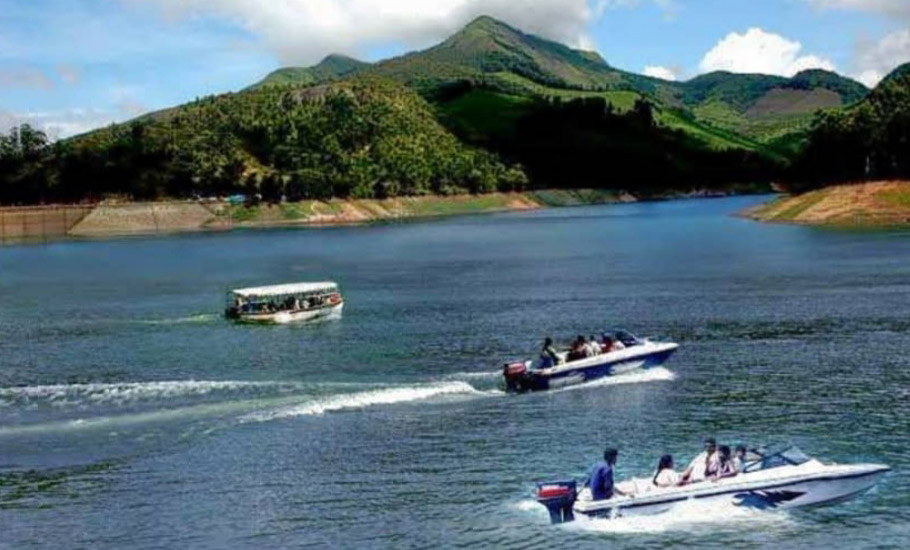
“It is impossible to go trekking on high altitudes with a mask on. A trekking guide can easily spot someone with breathing difficulty. Therefore, a minimum fitness certificate will be made mandatory. Food and water will not be provided. A minimum distance of two metres will be kept between the trekkers. A video presentation of the trek with all the safety precautions implemented will be shown to the clients the previous night.”
“We need to build confidence in our customers at their very first enquiry,” says Simon. “Our new clientele will be a versatile and a nicer mix of Indian tourists. Unlike foreign tourists for whom Munnar’s landscape is a novelty, domestic tourists expect something else altogether. That is what we need to re-discover and re-package.”
Says Benoy, “Money is not the issue here. People need a safe haven to let go.”
And no tourist wants to return home Covid-positive. “I could see everyone voluntarily taking precautions while they were staying here.” If you can dispel the traveller’s insecurities, he says, tourism will only be booming from now on.
“Vis-a vis the tourism surge these last three months, Idukki’s graph of Covid-19 positive cases has not shown a spike yet,” says Dr Sushama. “We may see a slow progression but the situation is far from alarming.”
According to Gireesh, not a single staff member employed at the 12 government-run tourism hotspots has tested positive for Covid-19 so far.
In any case, another lockdown is nowhere in the picture. Schools and colleges in Kerala reopened partially on January 4. Cinema theatres opened on January 13. With the prospect of getting his vaccination any day now, nothing can stop the traveller from reaching his chosen destination. At least that’s what Benoy and Gireesh are hoping to see in the days to come.

